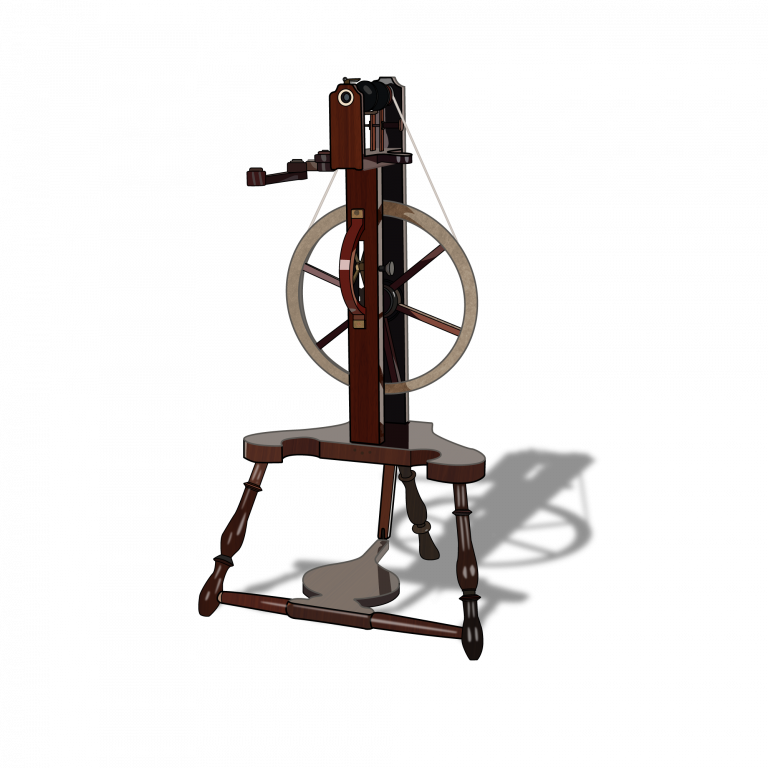We have found a wide variety of skills in the buildings, some with shop fronts, others working in outbuildings. A number of them, such as tin and coppersmithing are on the Red list of endangered crafts. Others such as cork work have already disappeared.
Until the early 19th century York was still ruled by the Guild system, requiring those practicing their crafts to be registered as a Freeman. it was however unusual in that is also allowed women to be admitted in their own rights, rather than continuing a business as a widow. With number of female tailors showing in the Merchant Taylors Archives for the late 17th and 18th centuries.
Will, poll tax and lease records in the medieval period show that of the crafts in York a greater number of Armourers and associated crafts, skinners, spurriers, saddlers and lorimers were centred in the Coney Street. The 1381 Poll tax shows that cutlers are concentrated on Coney Street, and that saddlers are listed in the parishes of St Martin Coney street, St Mary Castlegate and St Michael Spurriergate, there were also 3 goldsmiths
York had it’s own assay mark, and the work of some of it’s silversmiths are housed in museums. Others pioneered photographic processes or invented spinning wheels.
Many of them became Mayors and Aldermen, becoming stalwarts of society and shaping modern York
We have listed the craftsmen under their own categories, as well as on the relevant buildings, and laid out in the peer groups. Some we have lots of information for, others nothing beyond the trade directories, or guild records. We’ve also added links to further information if we’ve found it.
It has proved a fascinating look at the growth of the city, with business partnerships, family members carrying on the business, or apprenticed into other trades.
